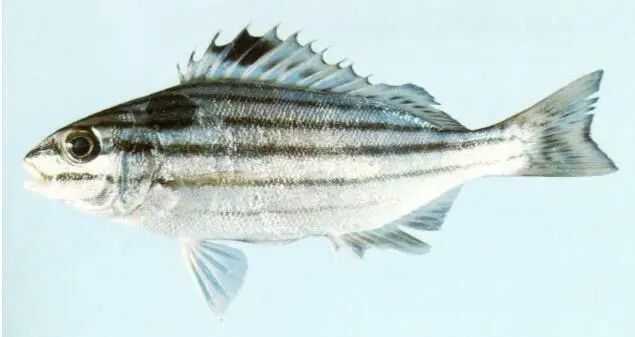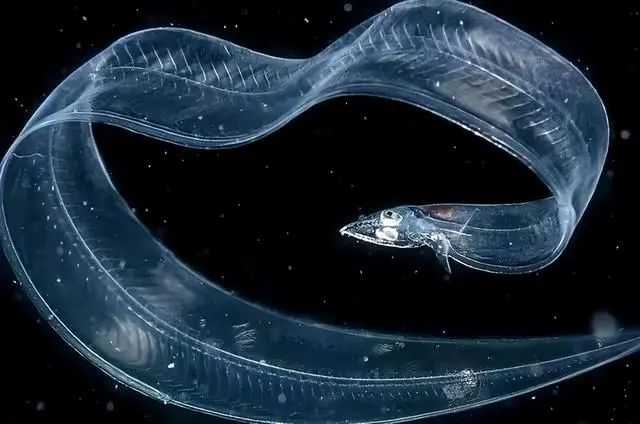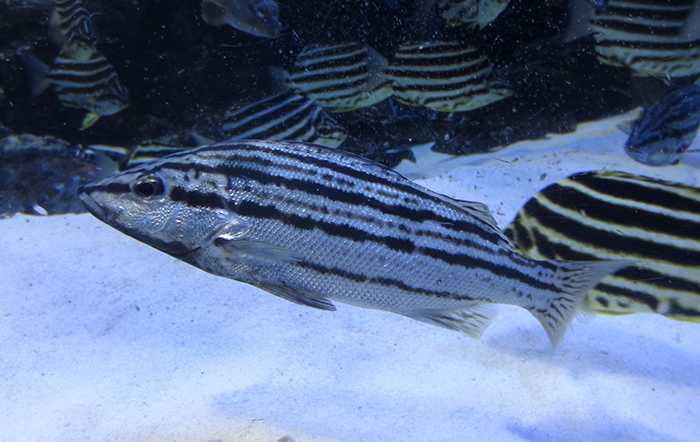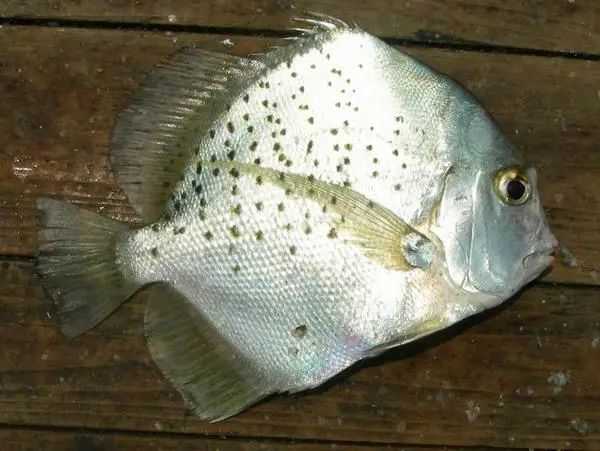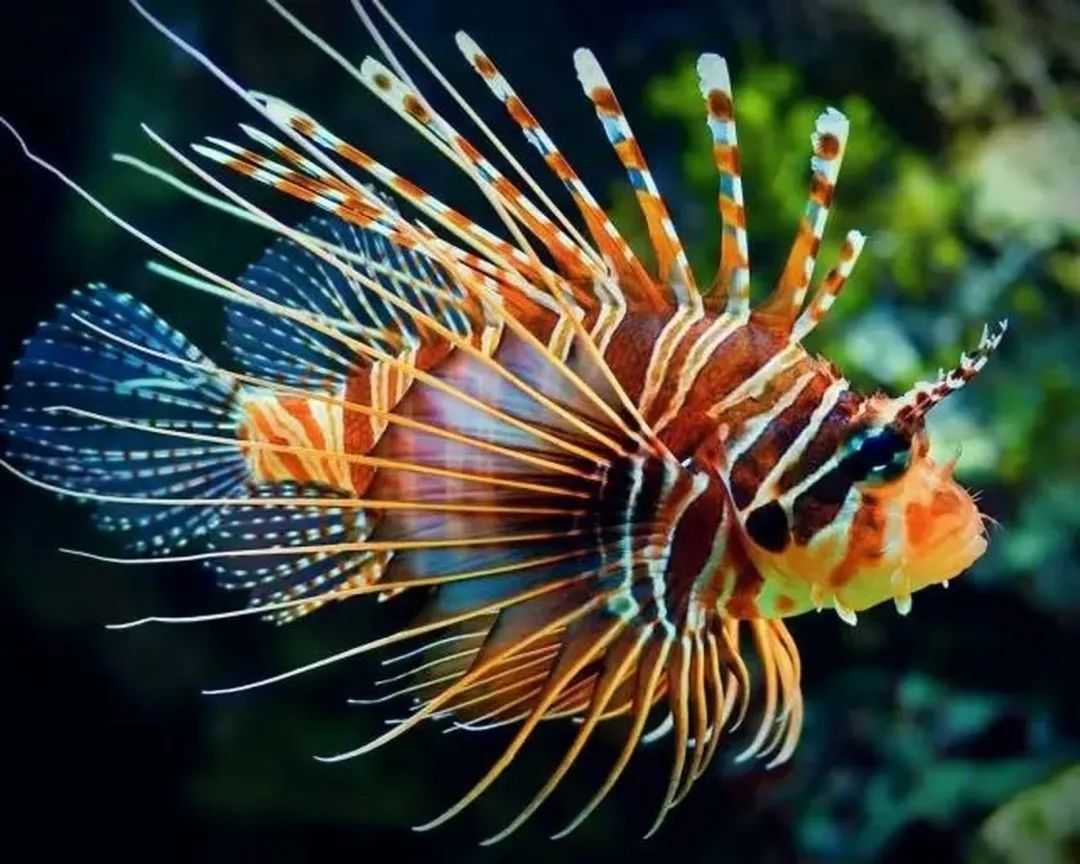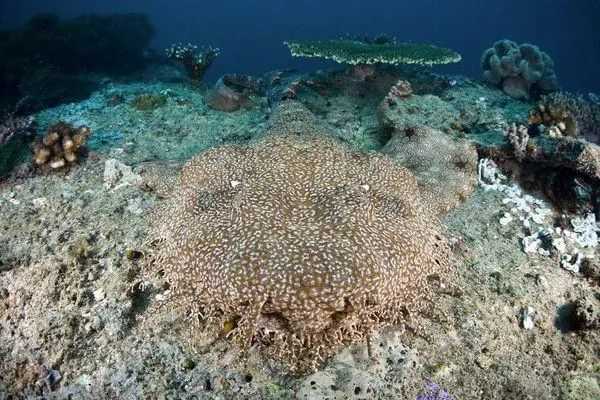Pelates sexlineatus, commonly referred to as the six - striped grunter, is a fascinating species within the Terapontidae family. Endemic to the eastern Australian waters, this fish is celebrated for its distinct appearance and ecological role in the region's coastal and estuarine ecosystems.
Pelates sexlineatus: The Six - Striped Grunter of Australian Waters
Pelates sexlineatus, commonly referred to as the six - striped grunter, is a fascinating species within the Terapontidae family. Endemic to the eastern Australian waters, this fish is celebrated for its distinct appearance and ecological role in the region's coastal and estuarine ecosystems.

Source: Images from the Internet, if there is any infringement, please contact the removal of
Growing up to 20 cm in length, the six - striped grunter showcases a streamlined, laterally compressed body. Its coloration ranges from brownish to silver - grey, with six prominent dark stripes running along its body. These stripes not only add to its visual allure but also serve as effective camouflage among seagrass beds and rocky substrates. It has a small mouth and a coarsely serrated preopercular margin. The dorsal fin is divided into two parts: a spiny anterior section that provides protection and a soft - rayed posterior part that aids in maneuvering.
Inhabiting estuaries and coastal reefs at depths ranging from 1 m to 30 m, the six - striped grunter forms schools, often congregating over seagrass beds near estuary mouths. Juveniles are particularly drawn to seagrass beds, which offer both shelter and an abundant supply of food. This species is primarily carnivorous, with a diet consisting mostly of crustaceans. By preying on these small invertebrates, it helps regulate their populations and maintain the balance of the ecosystem.
While it holds only minor commercial importance in New South Wales, being caught in the estuary general fishery and sometimes discarded as bycatch in prawn trawl and ocean trawl fisheries, it is also targeted by recreational anglers. However, like many estuarine - dependent species, it faces threats from habitat degradation, including seagrass loss due to pollution and coastal development. Conservation efforts aimed at protecting estuarine habitats and promoting sustainable fishing practices are crucial to ensure the long - term survival of this unique six - striped grunter and the integrity of the ecosystems it inhabits.

